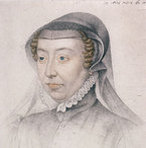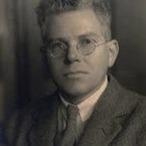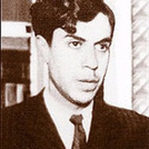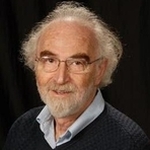|
So, just how many atoms does it take to cast a shadow then? Only one, it seems...  Dave Kielpinski: scientist Dave Kielpinski: scientist The amazing photograph of the shadow of a single Ytterbium atom has opened up a whole spectrum of possibilities for the scientific world. The image is “the first absorption imaging of a single atom isolated in a vacuum.” Professor Dave Kielpinski, from Griffith University’s Centre for Quantum Dynamics in Brisbane, said that “we have reached the extreme limit of microscopy; you cannot see anything smaller than an atom using visible light.” It was not an easy task, though: “if we changed the light we shined on it by just one part in a billion, the image could no longer be seen.” Griffith University is the only place in the world with a super high-resolution microscope capable of creating a shadow dark enough to be captured. The team at Griffith chose Ytterbium as the subject of the experiment it had “the right internal structure to allow us to do quantum computing,” according to team member Ben Norton, thus enabling them to build a laser of the exact colour to excite the atom. The atom itself was isolated in a chamber, and held in place by electrical forces: a process in itself not new to science, but difficult to accomplish. The results of all this precision and patience could revolutionize some of the imaging practices in exsitence today. Kielpinski noted in the published paper that the “absorption of photons by single atoms is of immediate interest for quantum information processing,” while it “also point out new opportunities in imaging of light-sensitive samples both in the optical and X-ray regimes.” As fellow team member Dr Erik Streed says, “this is important if you want to look at very small and fragile biological samples such as DNA strands where exposure to too much UV light or x-rays will harm the material” as “we can now predict how much light is needed to observe processes within cells, under optimum microscopy conditions, without crossing the threshold and destroying them."
0 Comments
Your comment will be posted after it is approved.
Leave a Reply. |
Categories
All
Archives
November 2013
|
MOST VIEWED POSTS
© James Edward Hughes 2013
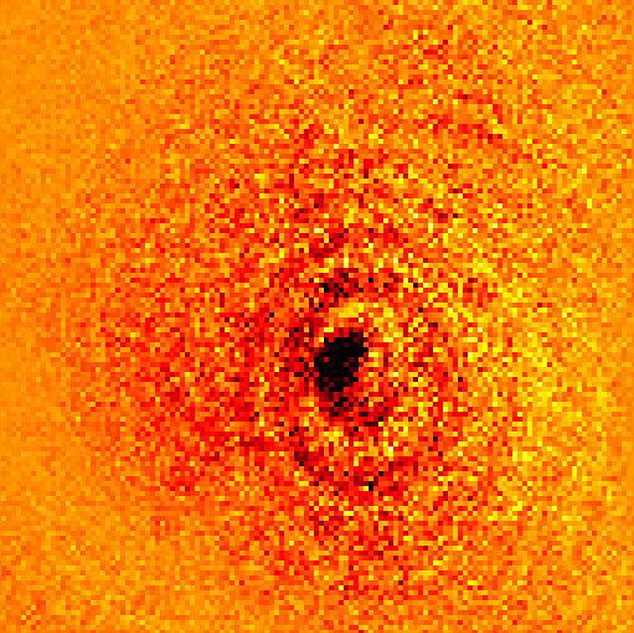
 RSS Feed
RSS Feed
